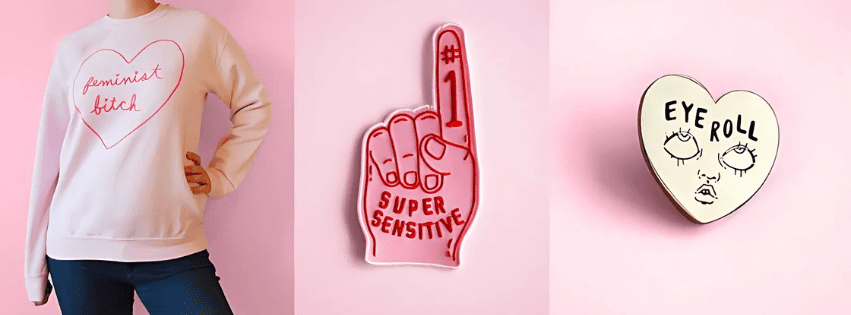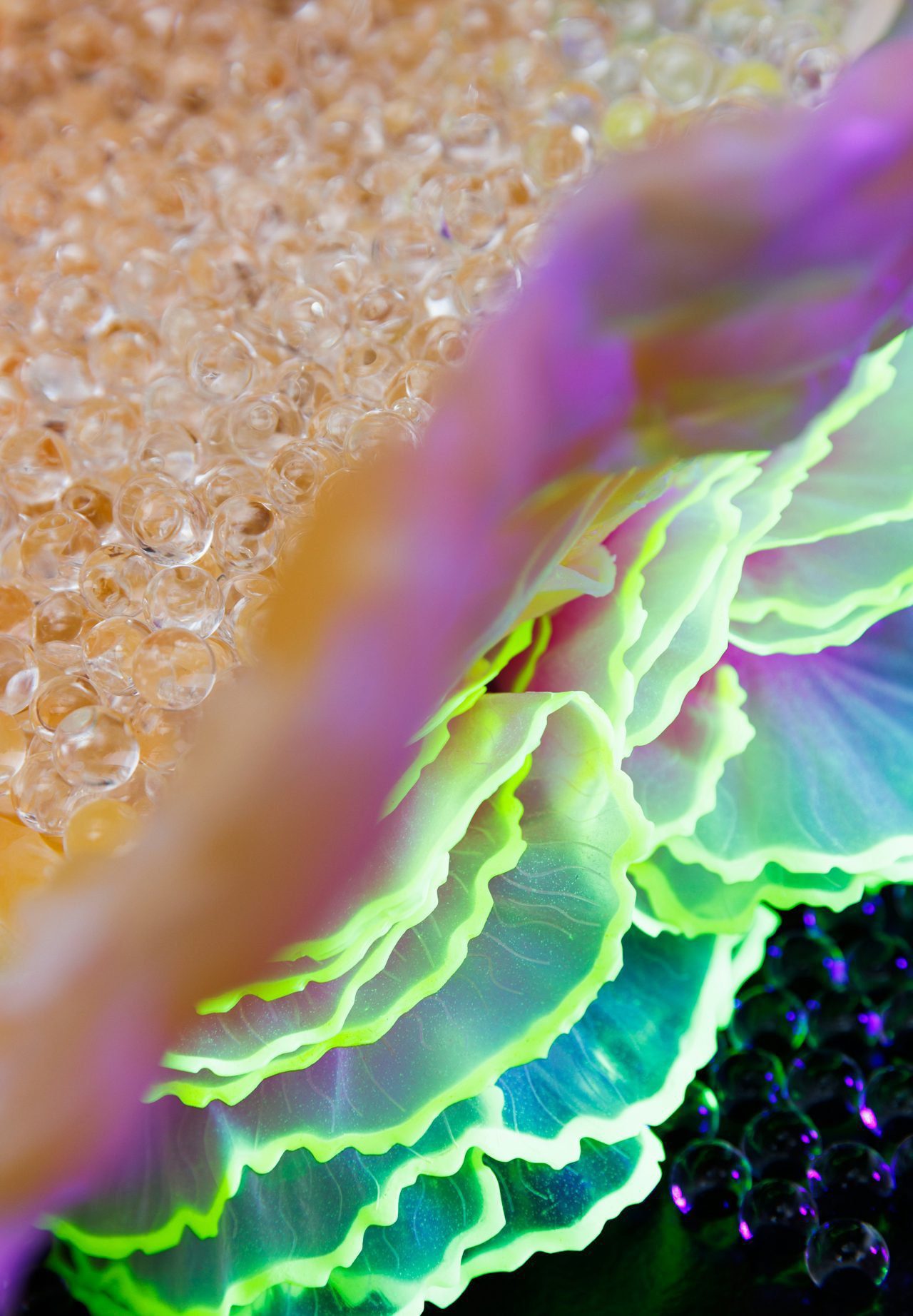Let’s start here: if you’ve ever wondered why a razor marketed to men costs $6 and the pink one beside it costs $9, congratulations — you’ve met the pink tax. It’s the invisible surcharge on being perceived as feminine. It shows up on razors, shampoo, deodorant, and of course, period products. Because apparently, capitalism thinks gendered biology is a luxury.
For something that’s natural, essential, and unavoidable, periods have been one of the most expensive taboos in history. In Canada, the average menstruating person spends over $6,000 in their lifetime on tampons, pads, liners, painkillers, and “discreet” packaging — the kind designed to make sure no one can tell what’s in your purse. Until 2015, all of that was taxed as non-essential. Non-essential, while golf club memberships and erectile dysfunction meds sailed through untaxed. If you’ve ever wanted a case study in how bias hides in plain sight, there it is.
The Blue Liquid Lie
You know those vintage ads where they pour cool blue liquid onto pads like we’re hydrating a Powerade commercial? That was never about hygiene. That was a marketing strategy built on embarrassment. “Hide it. Mask it. Pretend it doesn’t exist.” The entire industry made its money convincing women to be discreet, to keep quiet, to buy more products so no one would know they were bleeding.
It’s not just dated — it’s dangerous. That culture of secrecy has left generations of people without real menstrual education. Even now, medical research underfunds period-related pain and disorders. Endometriosis is still dismissed as “bad cramps.” PMS is shorthand for “irrational.” You can’t fix what society refuses to name.
The Pink Tax, The Profit, The Problem
Let’s be clear: the pink tax isn’t an accident. It’s a business model. Companies have long known they can charge more for “women’s” versions of basic items — even if the ingredients, formulas, or functions are identical. Add a pastel label and a bit of soft-focus shame, and suddenly the price goes up. It’s textbook gendered capitalism, wrapped in flowers and buzzwords like “fresh” and “discreet.”
Meanwhile, “feminine hygiene” aisles are still filled with single-use plastics, heavily fragranced pads, and toxic messaging about “cleanliness.” Those perfumes and chemicals don’t make you cleaner — they make corporations richer.
The Cup, the Cloth, and the Counterculture
The quiet revolution in all this is reusable period care — cups, discs, cloth pads, period underwear. It’s the first real challenge to disposable culture since the invention of the tampon. A cup lasts up to ten years, saving hundreds of dollars and keeping thousands of pads and tampons out of landfills. But more than that, it changes the relationship you have with your body.
You have to learn it. You have to know your flow, your cervix height, your anatomy. That kind of body literacy is political — especially in a world that’s spent centuries telling women their bodies are too complicated to understand.
Reusable care isn’t just eco-friendly; it’s radical self-knowledge.
Blood, Bias, and Better Design
The first tampon patent was filed by a man. The first cup was shelved because it wasn’t profitable enough. Menstruation innovation stalled for decades because men controlled the money and the labs. Now, independent brands — run by people who actually bleed — are rewriting the rules. They’re making better products, pushing for menstrual equity laws, and donating cups to communities that still face period poverty.
And that matters. Because “period poverty” isn’t just about missing school or work — it’s about dignity. It’s about having the choice to manage your cycle safely and sustainably.
Let’s Talk About Power (and Pads)
When you look at the menstrual care industry, what you’re really seeing is a map of who holds power — and who profits when we stay quiet. That’s why conversations about cups and discs aren’t just about convenience. They’re about liberation.
If you make a period product and you’re not part of that liberation, what are you selling?
At She Zine Mag, we don’t partner with brands that treat bleeding like a problem to be fixed. We partner with brands that know it’s just part of being alive — and that a truly sustainable product starts with equity, transparency, and respect.
Because bleeding isn’t gross. It’s not unprofessional. It’s not shameful. It’s just biology — and it deserves better politics.
Partnership Note:
We’re actively looking to collaborate with companies that are rewriting the menstrual story — sustainably, inclusively, and without the pink tax. If your brand believes period care is more than a product, we should talk.

AXO (she/her) is a multidisciplinary creator, editor, and builder of feminist media ecosystems based in Toronto. She is the founder of She Zine Mag, Side Project Distro, BBLGM Club, and several other projects under the AXO&Co umbrella — each rooted in DIY culture, creative rebellion, and community care. Her work explores the intersection of craft, technology, and consciousness, with an emphasis on handmade ethics, neurodivergent creativity, and the politics of making. She is an advocate for accessible creativity and the power of small-scale cultural production to spark social change. Her practice merges punk, print, and digital media while refusing to separate the emotional from the practical. Above all, her work invites others to build creative lives that are thoughtful, defiant, and deeply handmade.
























